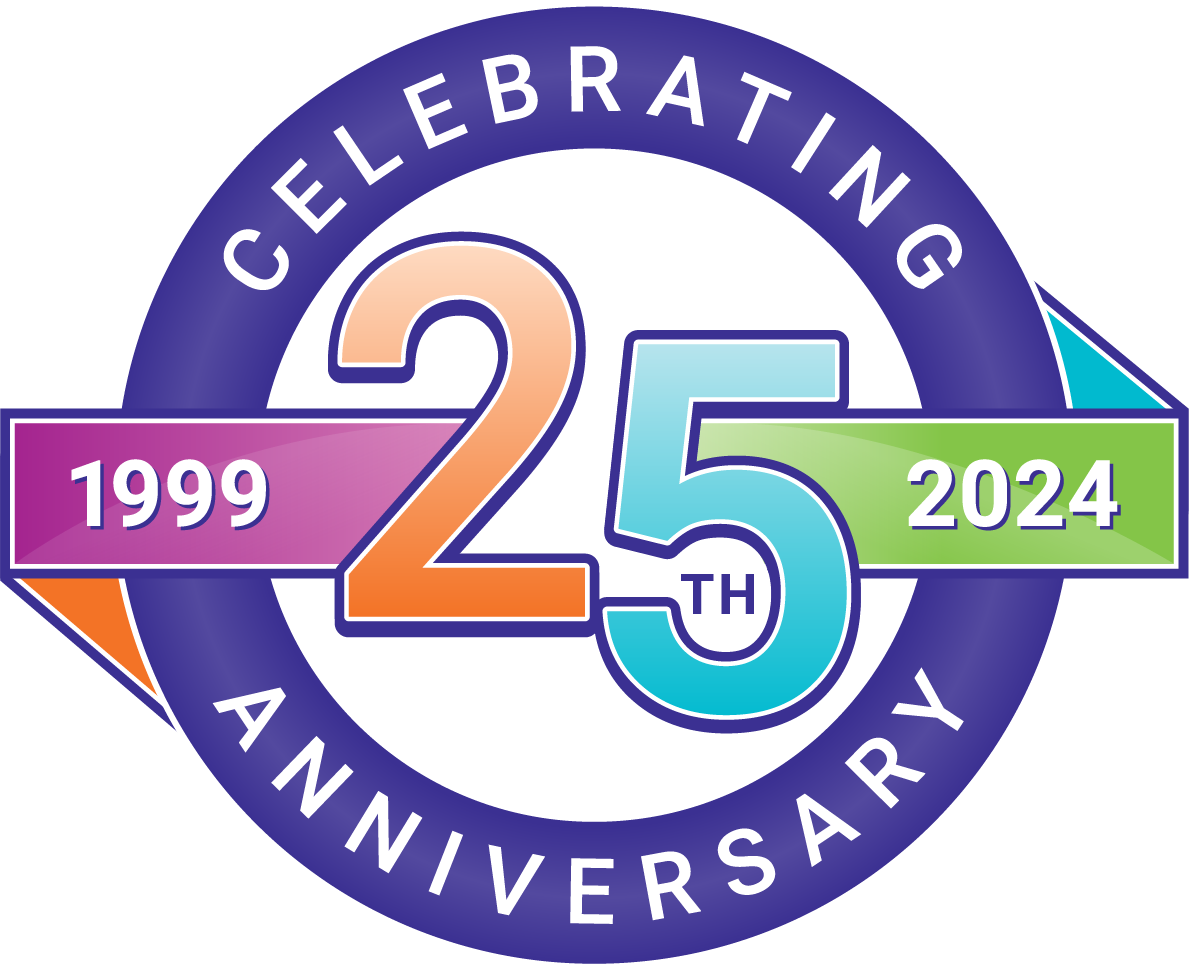How to Format DOIs and URLs
Some of this information is from pages 188-89 and 194-96 of the MLA Handbook.
What is a DOI, Permalink, or URL?
- DOI stands for digital object identifier, and it is an “identifier permanently assigned to a source by a publisher” (p. 188) and is more reliable than a URL. DOIs can be found in database records and the works cited lists of published works. A DOI is a string of numbers and letters that typically begins with the number 10.
To format a DOI, use the International DOI Foundation’s current formatting style: https://www.doi.org/XXXX, where XXXX is the DOI number
10.1037/a0040251 becomes this: https://doi.org/10.1037/a0040251
DOI:10.001122 becomes this: https://doi.org/10.001122
- A permalink is “a URL intended to be permanent” (p. 188), and sometimes it is called a stable, permanent, or persistent link or URL. If your source provides a permalink, use it in your citation instead of the URL that is in the address bar of your browser. Always copy permalinks directly from the source.
www.jstor.org/stable/41403188
- URL stands for uniform resource locator and is the text that appears in the address bar of your browser.
When to Include a DOI, Permalink, or URL
For the location of online works, the order of preference is DOI, permalink, and lastly URL.
- If your source has a DOI, always include the DOI in the citation, even if you used the print version of the source.
- If your source has both a DOI and a URL, only include the DOI.
- If your source does not have a DOI, but has a permalink, include the permalink.
- If an online source is found on a website and does not have a DOI or permalink, include the URL for the source.
How to Include a DOI, Permalink, or URL
- Always copy URLs directly from the browser (or copy the permalink from the source).
- https://
- URL and permalink: Omit http:// or https://.
- DOI: Always include the https://.
- Some URLs do not include www. In that case, do not add www to the URL.
- In your works cited list, it is acceptable for the length of lines within a citation to be uneven. Do not add a hyphen or space to force part of a URL onto another line. However, it is acceptable if your word processing program automatically adds a break or moves the URL to its own line.
- Truncating or shortening a URL
“If a URL runs more than three full lines, or is longer than the rest of the entry, truncate it. When truncating, always retain at least the host” (p. 196).
URL: https://secondary.oslis.org/cite-sources/mla-secondary-citation
Host: secondary.oslis.org
URL with more than three lines:
go.galegroup.com/ps/retrieve.do?sort+RELEVANCE&docType+journal+article&tabID=T003&proadld=MLA&searchld=R1&resultListType=RESULT_LIST&searchType=BasicSearchForm&contentSegment=¤tPostition=3&searchResultsType=SingleTab&inPS=true&userGroupName=mla&docld+GALE%7CN2810522710&contentSet=Gale%7CN2810522710
Truncated URL (host plus abbreviation for database name):
go.galegroup.com/ps
Resources
MLA Handbook. 9th ed., Modern Language Association of America, 2021.
The MLA Style Center: Writing Resources from the Modern Language Association. Modern Language Association of America, 2021, style.mla.org.
